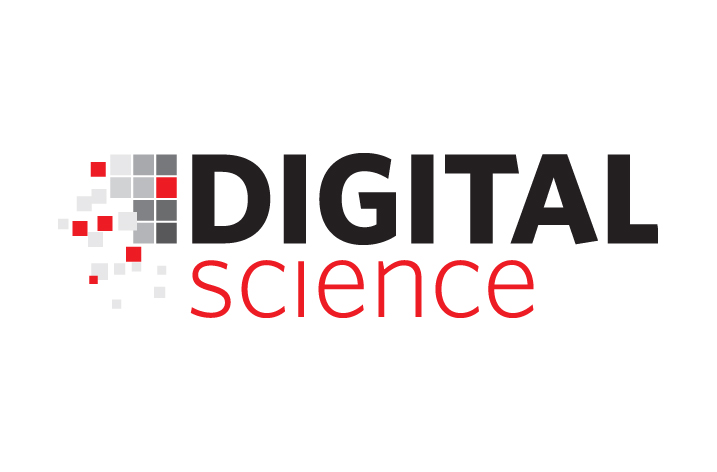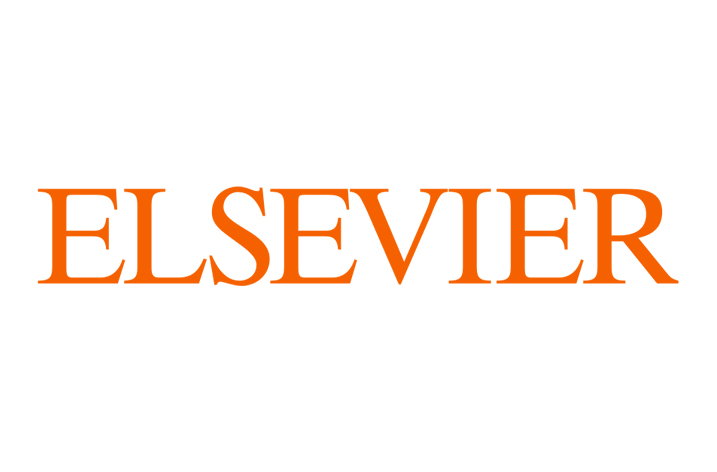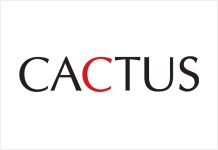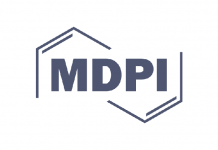
In a report published today, a wide range of datasets across the research and innovation landscape have been identified and described, setting out a plan for exploiting these to their full potential to help maintain and develop the UK’s excellence in research and innovation.
The UK Knowledge and Research Landscape: A report on available resources is the first step in refining and bringing together datasets that can be used and exploited further to inform strategic decision-making and enable funders to identify how future funding could be targeted to achieve the best value for money. This will produce robust evidence to support the case for appropriately-resourced research and innovation in the UK. In order to exploit areas where the UK could have increased global comparative advantage, we need to improve the UK’s capability to identify where existing and emerging research excellence can be coupled with innovation strength.
Professor Jane Elliott, Chief Executive of the Economic and Social Research Council (ESRC) and Chair of the High-level Landscape Mapping Group leading the project, said: “Everyone in the UK scientific community – across UK Government, regional stakeholders and innovative businesses – stands to gain from better use of data to inform our decision-making. This report is the first step in strengthening collaboration between key partners and stakeholders, so that together we can build a robust evidence base to inform future investment.
The report – produced by the High-level Landscape Mapping Group made up of representatives from the Research Councils, other research funders and data owners including Innovate UK and HEFCE – provides a short guide to the main existing datasets and how they could be developed in the future, along with the challenges in using them. It sets out the next stage in this collaboration, including the development of a five-year plan with the following initial practical objectives:
- Establishing a single portal providing access to existing datasets, and providing potential users information to help direct them to the most relevant data
- Encouraging the use of tools like ORCID, which facilitate linking individual researchers to their outputs without manual input of information
- Making clear the limitations of existing datasets and giving users guidelines on what can and can’t be done with the data
- Sharing best practice to improve user interfaces to databases. The aim is to facilitate extraction and visualisation of information including the use of maps, cartograms and infographics.



























